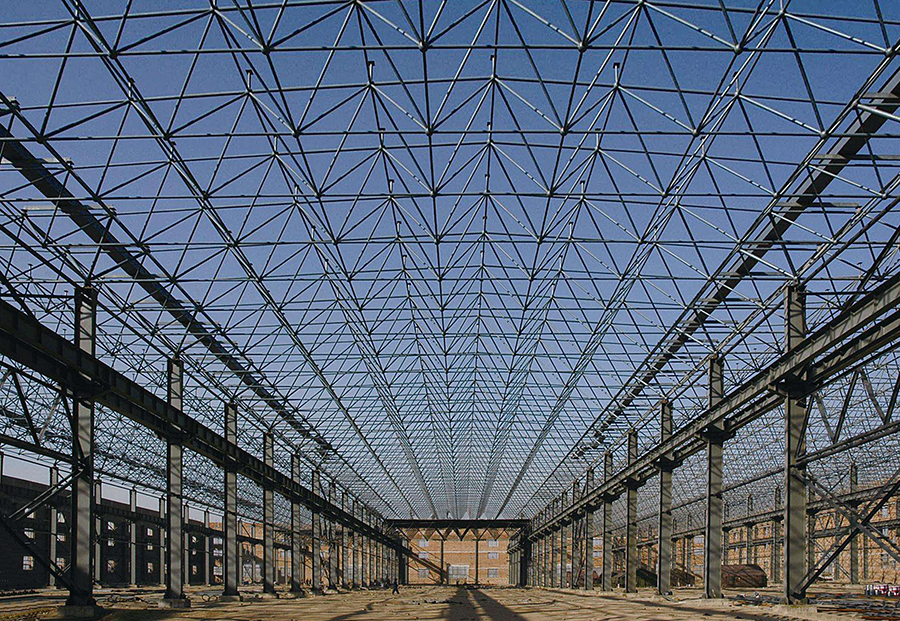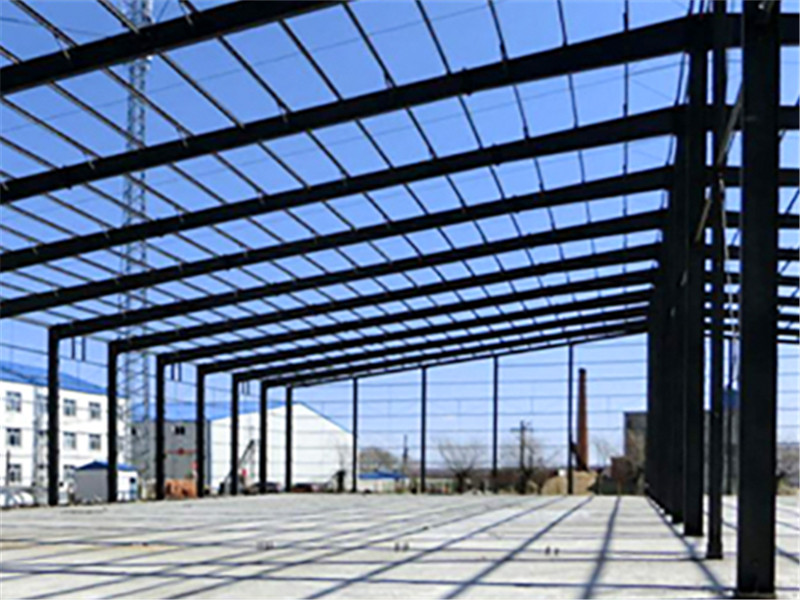chemical composition
Carbon: The main component ofthe strength of steel. As the carbon content increases, the strength of the steel increases, but the plasticity, resistance, cold bending function, weldability, and rust resistance of the steel decrease, especially the impact resistance at low temperatures.

Manganese and silicon: The beneficial elements in steel are all deoxidizers, which can increase strength without too much decrease in plasticity and impact resistance.
Aluminum: A strong deoxidizer. Use aluminum to make up for deoxidation, which can further reduce harmful oxides in steel.
Chromium and nickel: alloy elements that improve thestrength of steel.
Sulfur and Phosphorus: Impurities and harmful elements left in steel during exercise. They reduce the plasticity, resistance, weldability and fatigue strength of steel. Sulfur can make the steel "hot brittle", phosphorus makes the steel "cold brittle".
"Hot brittleness": Sulfur can produce iron sulfide that is easy to melt. When hot working and welding make the temperature reach 800 ~ 1000 ℃, the steel will appear cracked and brittle.
"Cold and brittle": At low temperatures, phosphorus significantly reduces the impact resistance of steel.
Oxygen and nitrogen: harmful impurities in steel. Oxygen can make the steel hot and brittle, and nitrogen can make the steel cold and brittle.
Impact of metallurgical shortcomings
Common metallurgical shortcomings include segregation, non-metallic doping, pores, cracks, delamination, etc., which will make the steel function worse.
Steel hardening
Cold drawing, cold bending, punching, mechanical shearing and other cold working make the steel undergo a great plastic deformation, and then improve the yield point of the steel, and together reduce the plasticity and resistance of the steel. This appearance is called cold work hardening or strain hardening.

Temperature influence
The steel structure is appropriately sensitive to temperature, and the rise and fall of the temperature make the steel function change. In contrast, the low-temperature function of steel is more important.
At the positive temperature scale, the general trend is that as the temperature increases, the strength of the steel decreases and the deformation increases. The function of the steel does not change much within about 200°C. The strength (compliance strength and tensile strength) drops sharply between 430 and 540°C; at 600°C, the strength is very low and cannot bear the load.
In addition, there is a blue and crisp appearance near 250℃, and a creeping appearance at about 260~320℃.

Please read on, stay posted, subscribe, and we welcome you to tell us what you think.
 online service
online service +86-153 1435 3017
+86-153 1435 3017 market@wiskind.com
market@wiskind.com +86-153 1435 3017
+86-153 1435 3017